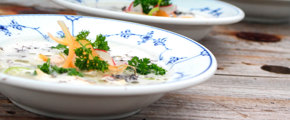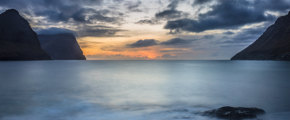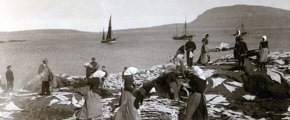Salted fish
The Faroese have a long and proud tradition of salting fish. Many find salted fish from the Faroe Islands to be the best in the world. A combination of great raw material and exceptional craftmanship is the recipe behind this first class saltfish.
Salted fish is excellent and healthy food with a great taste. The salt preserves the quality of the fish and locks in the nutrition, such as proteins and vitamins. The chemical process breaks down the flavourless protein and fat, making the meat firmer and creating a complex taste that is both mild and full.
In Faroese salted fish is called Saltfiskur. In the Faroe Islands it is mostly cod that is salted.
In countries such as Spain, Portugal and Italy salted cod is even preferred to fresh cod and they do not even have names for fresh cod. Rather, the name for salted cod is used for both – bacalao in Spanish, baccalà in Italian and in bacalhau Portuguese.
Salting fish is a relatively simple process but does require a high level of skill; skills that the Faroese have refined through generations. The foundation for quality salted fish is great raw materials - fish and salt - and proper maturing.
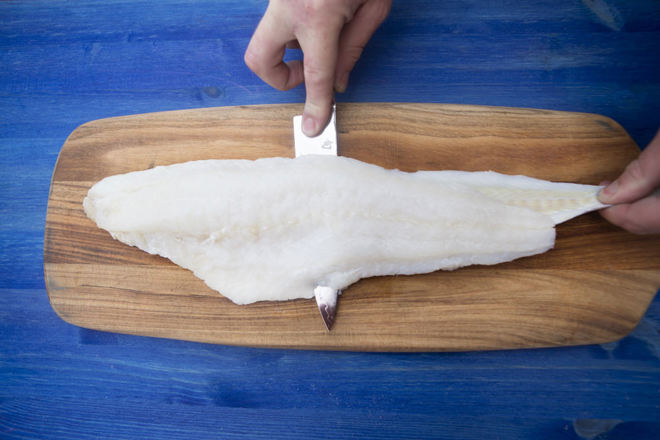
The quality and purity of the salt is crucial to ensuring the good taste and handsome colour of the fish. Ibizan sea salt is renowned for its high quality and purity, and is therefore usually the salt of choice for Faroese producers.
Once the fish has been placed in the salt solution, it must mature for about four weeks. The maturing process gives the saltfish its uniquely rich and desired flavour. Proper maturing is as important to the taste of salted fish as it is to quality cheese, ham and wine.
Saltfish has to be rehydrated before it is ready for consumption. It is cleansed in water for a day or two and the water has to be changed a few times during the process. The rehydration softens the meat and draws out the excess salt. What is left is the deliciously rich saltfish taste.
A lot of salted fish is already rehydrated once it gets to the store counters, ensuring the consumer a quality product. As well as cod, the Faroese also produce and export salted ling and blue ling. The Faroese also produce lightly salted fish that does not need to be rehydrated.
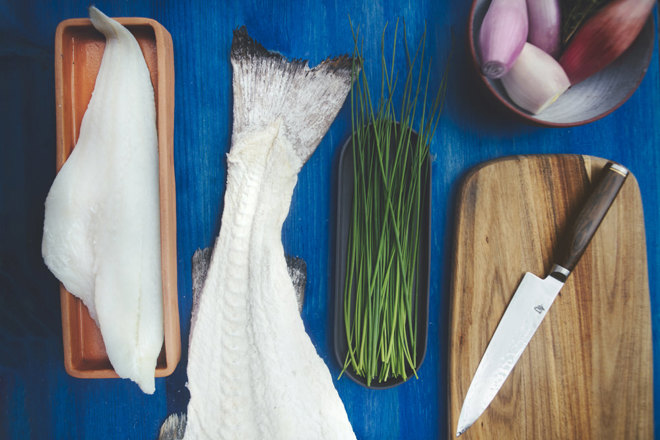
Try out Faroese chef Gutti Winther’s recipe for the salted cod classic Brandade.
The perfect raw materials
The Faroe Islands have a centuries old tradition of salting fish and salted fish from the Faroe Islands is amongst the best in the world. Faroese saltfish is a combination of well-developed skills and excellent raw materials from one of the cleanest marine environments in the world.
Faroese saltfish – Bacalao Faroe – is highly popular amongst chefs around the world, especially in Spain.
The oceans surrounding the Faroe Islands are teaming with crustaceans and Faroese cod has a diet rich in shellfish. This gives them a relatively high level of fat and gelatine, compared to cod in other oceans. Salting the cod draws the fat and gelatine towards the skin and lets it settle there.
The fat and gelatine are then used to emulsify and thicken sauces. Faroese saltfish is therefore ideal for fish dishes with sauce, such as the Spanish classic pil pil.
Salted fish – the perfect union of Mediterranean cuisine and North Atlantic produce
Saltfish is a central part of the cuisine in countries around the Mediterranean.
Salted fish is the main ingredient in classic dishes such as the French Brandade de morue, the Portuguese Bacalhau à Gomes de Sà and the Spanish pil pil. Salted fish is also highly popular in Latin America and the Caribbean. In Jamaica the national dish is saltfish and ackee.
In countries around the Mediterranean people have been extracting salt from the ocean and using it to preserve food for centuries.
In the Middle Ages, fishermen from southern Europe travelled to the North Atlantic to fish and found a delicacy and a treasure in cod. As the demand for salted fish increased in southern Europe, the Nordic communities started to produce saltfish for export.
Cod is especially well suited for salting. It has a content of fat that is perfect for salting and often handles the process better than other meats or fattier fish, like herring. The salted cod was well preserved and could be transported long distances and be stored for long periods of time.
During Lent, Catholics had to abstain from sex, red meats and other temptations, but fish was allowed. Salted cod became a welcome treat during Lent and won a place in the cuisine of Catholic countries around the Mediterranean.
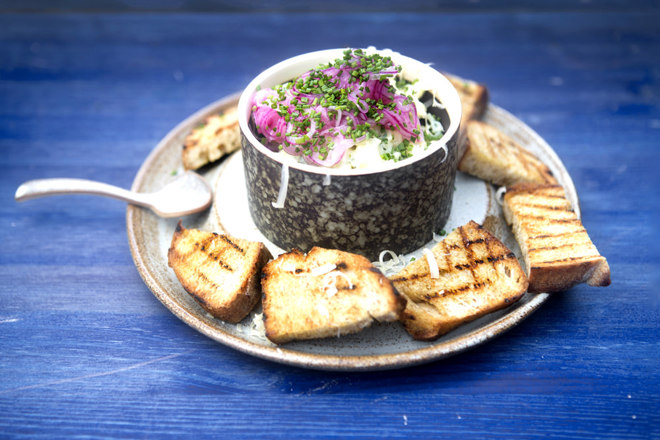
The product that made the Faroe Islands a fishery nation
When the Faroe Islands started to emerge as a fisheries nation, it was mostly salted cod that the Faroese produced and exported.
Rocks and stone-paved grounds in villages all around the islands were covered in split salted fish and these areas became a common part of the landscape in these villages.
Weather was the biggest challenge to the process. The fish would quickly ruin should it become too wet or too warm. The salted fish was spread out to dry during the day, but a watchful eye was kept on the weather at all times. If rain was coming, the fish was gathered together in a hurry.
This is, however, no longer an issue with the innovative techniques and modern technology available today.
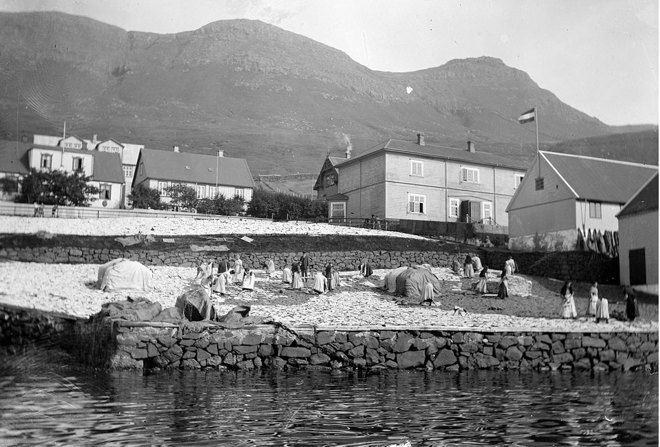
The purity of the salt used is crucial to the great taste and colour of saltfish. In northern Europe salt is mostly extracted from mines – rock salt – but sea salt is cleaner. The Faroese used sea salt from the Mediterranean and still mostly use Ibizan sea salt to this day, which is known for its great quality. This combination adds to the union between Mediterranean and the North Atlantic.
In 1929 Faroese companies took part in an international saltfish competition in Barcelona. The Faroe Islands won the award for best saltfish in the world and this cemented the status of Faroese saltfish as a first-class product.
The proud tradition of salting fish is still held in high regard in the Faroe Islands and the Faroese still produce and export saltfish to discerning customers around the world.
The drying process might have been moved indoors and the physically demanding production might have been made easier by modern equipment, but Faroese know-how and skills are still at the heart of saltfish production.
In southern Europe, the phrase Bacalao Faroe and the name Islas Feroe (Faroe Islands) is still synonymous with excellent quality, which is considered some of the best salted fish in the world.

